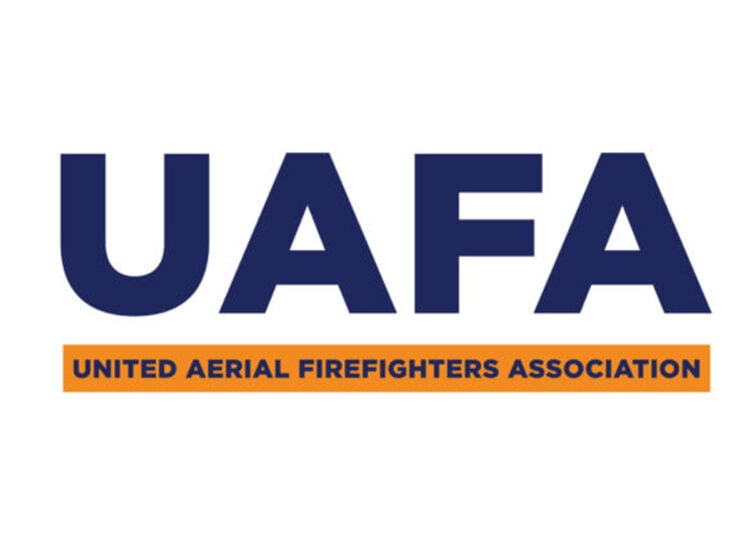Wildfire response is a complex and often dangerous operation. While courageous public service firefighters are the face of this battle, they rely heavily on a vast network of private industry support.
by Tiffany Taylor
Data shows that over 50% of the funds the U.S. Congress grants the federal agencies for wildfire response are for contracted supplies and services.These contracts are often rigidly defined and managed by government staff with little consideration to the way the “real world” operates.
What many stakeholders don't realize is that U.S. law directs federal agencies to use industry-developed standards whenever possible. The National Technology Transfer and Advancement Act and OMB Circular A-119 explicitly require federal agencies to use "voluntary consensus standards, when they exist, in lieu of Government-unique standards, except where inconsistent with law or otherwise impractical."
This mandate recognizes that the private sector often leads in developing and managing effective standards systems. As federal agencies face unprecedented staffing shortages and budget constraints, now is the perfect time to fully embrace this approach in wildland firefighting. By leveraging existing commercial practices and expertise, we can significantly improve firefighter safety, response efficiency, and overall effectiveness, while reducing the regulatory burden on increasingly stretched government resources.
Shifting to industry-led standards isn't just about regulatory compliance—it's about creating a more effective system that 1) Accelerates innovation, 2) Enhances safety, and 3) Reduces duplicative efforts.
For example, the rapid proliferation of AI-assisted mapping technologies and advanced drone systems offers game-changing capabilities for wildfire management. Commercial standards for these technologies already exist in adjacent industries and could be adapted for wildfire applications much faster than developing government-unique standards from scratch.
The United Aerial Firefighters Association (UAFA) is working to make this vision a reality. UAFA has established a dedicated standards committee focused on developing international voluntary consensus standards in three critical areas: aircraft specifications, retardant formulations and application, and pilot and mechanic qualifications. This effort aligns perfectly with U.S. law's preference for industry-managed standards systems.
Some may worry that commercial standards could prioritize industry convenience over public safety. However, this concern overlooks the rigorous nature of voluntary consensus standards and the multiple stakeholders involved in their development. Industry participants have powerful incentives to ensure the highest safety standards—their reputations, financial success, and employees' wellbeing all depend on it. Additionally, the government maintains its oversight role while benefiting from industry expertise.
This is a pivotal moment for the wildland fire industry. With government officials increasingly reliant on private partners while simultaneously facing resource constraints, the time is right to fully implement the commercial standards approach that U.S. law already mandates.









